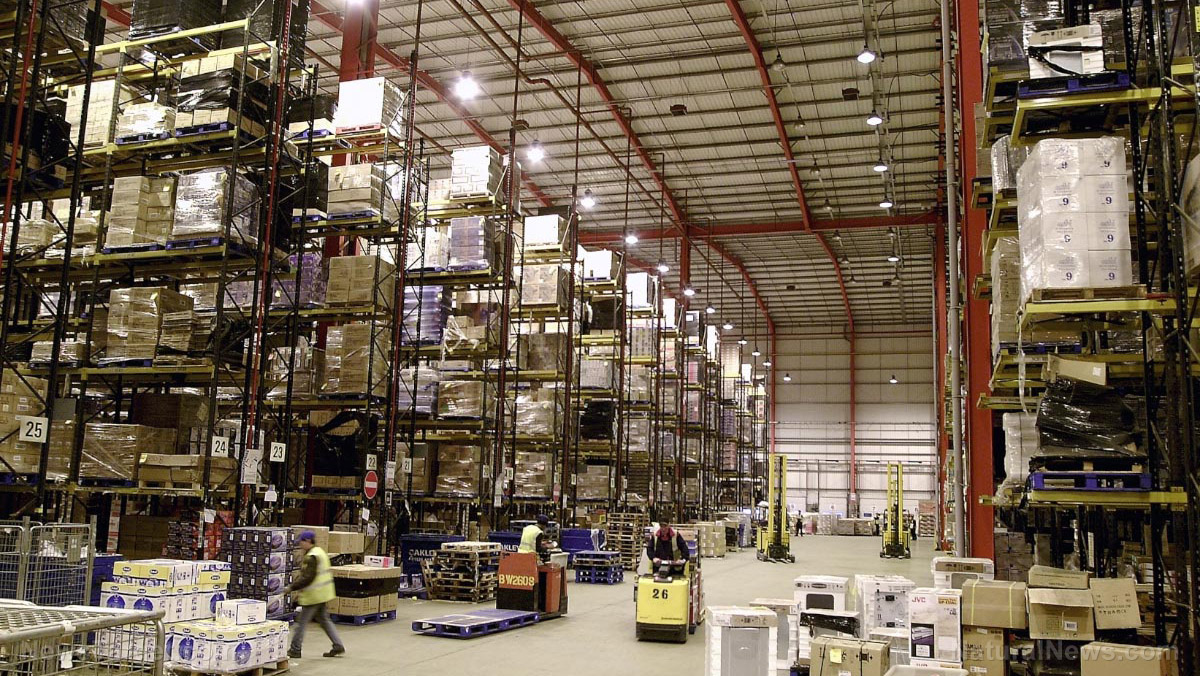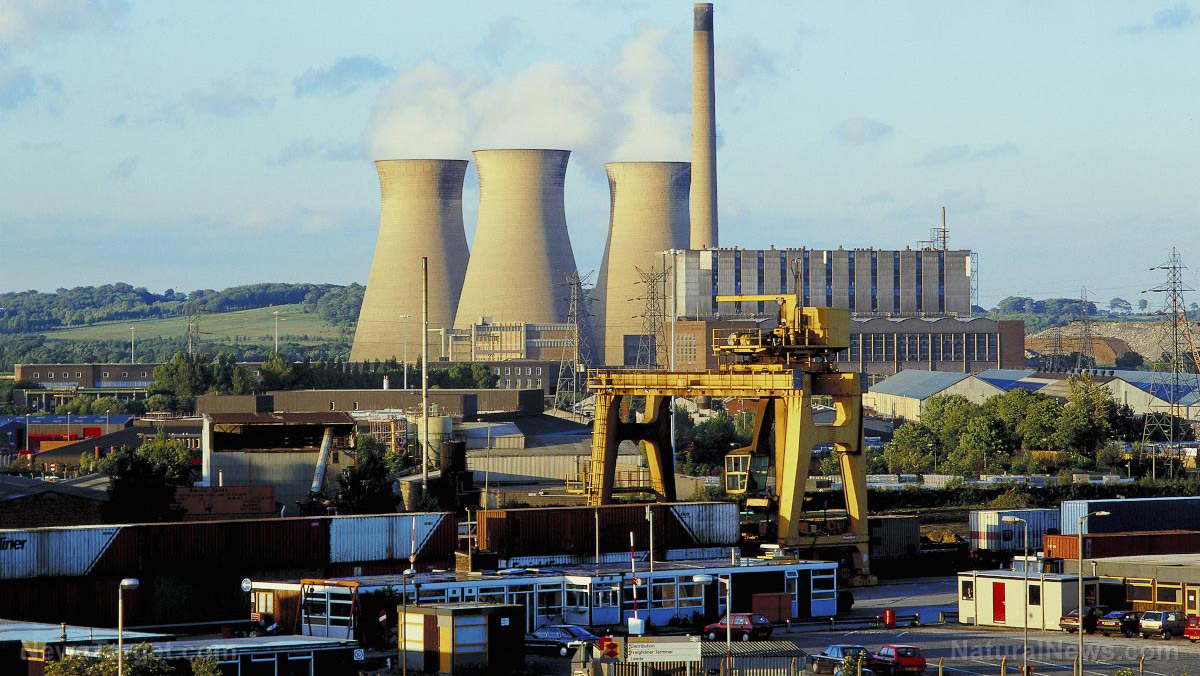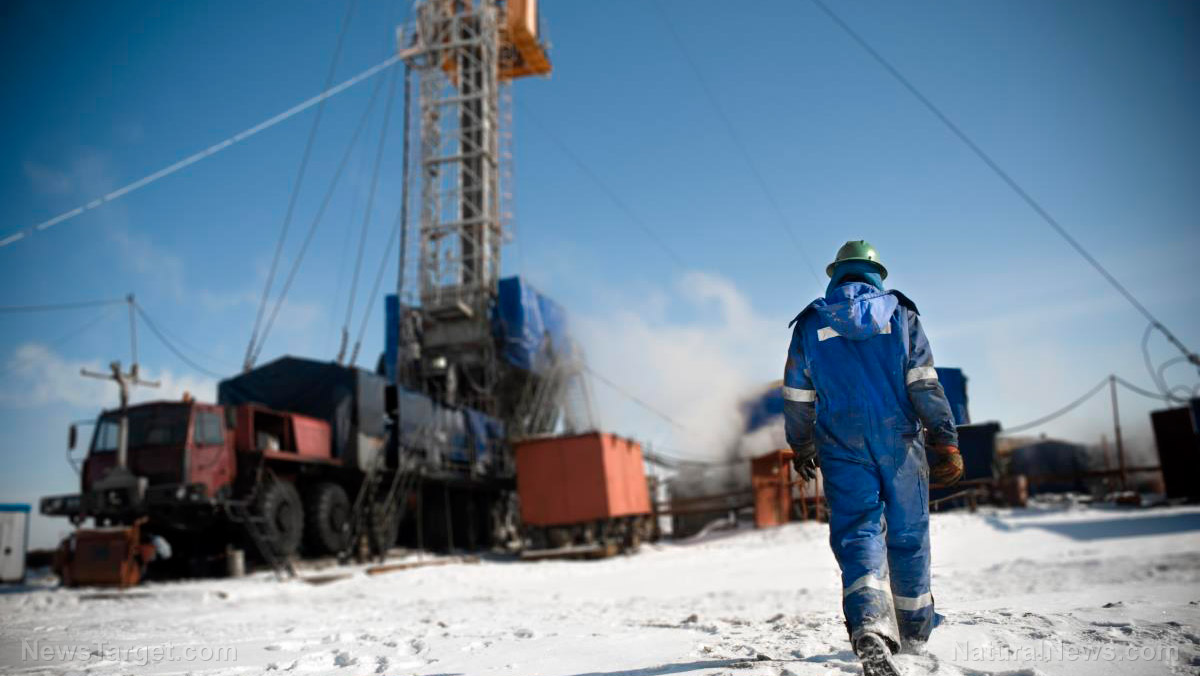Fuel for the future: Chemist develops ammonia fuel cells that “bottle” sunshine and wind
05/06/2021 / By Divina Ramirez

Ammonia may become the foundation of the future of sustainable energy. But until recently, the production of ammonia has been extremely energy-intensive. At the core of each ammonia factory are steel reactors that still use a century-old recipe for making ammonia: the Haber-Bosch process.
The recipe entails generating up to 250 atmospheres of pressure to split the chemical bond that holds together the molecules of nitrogen and then combining the atoms with hydrogen to make ammonia.
In 2018, Douglas MacFarlane, a professor of chemistry at Monash University in Australia, developed fuel cells that can transform renewable electricity into ammonia. Fuel cells normally use the energy stored in chemical bonds to make electricity. MacFarlane’s fuel cells operate in reverse, making carbon-free fuel from electricity.
“This is breathing nitrogen in and breathing ammonia out,” said MacFarlane, showing his fuel cell. It is almost the size of a hockey puck and clad in stainless steel. Two plastic tubes on the cell’s backside feed it nitrogen gas and water. It has a power cord for electricity and a third tube on the front that silently exhales ammonia.
Tapping into the potential of ammonia as a carbon-free fuel
Ammonia is a colorless, pungent and irritating gas. The human body produces ammonia, which is essential for creating proteins and other complex molecules. In nature, soil also produces ammonia through bacterial processes. The decomposition of organic matter like plants and animals also produces ammonia.
Most of the ammonia produced worldwide is used as fertilizer. Plants need nitrogen to grow and bear fruit and ammonia delivers that nitrogen in a more biologically available form. (Related: Organic fertilizer can be used to increase crop yield in plants grown in rotation.)
Companies around the world produce $60 billion worth of ammonia annually, primarily as fertilizer. However, the current method used to produce ammonia, the Haber-Bosch process, has changed very little since its development in the early 1900s. It consumes vast amounts of fossil fuels and causes air pollution.
MacFarlane’s reverse fuel cells might allow ammonia manufacturers to do away with this energy-intensive and environmentally damaging technique altogether and produce ammonia more efficiently in the process.
But MacFarlane’s fuel cells may do more than just help farmers grow food. By converting renewable electricity from the sun and wind into an energy-rich gas that can be easily cooled and squeezed into a liquid fuel, the cells effectively “bottle” sunshine and wind, turning them into commodities that can be shipped worldwide.
The bottled carbon-free fuel can then be converted back into electricity or hydrogen gas to power cars. And the best part about the fuel is that it is environmentally friendly. “Liquid ammonia is liquid energy,” said MacFarlane. “It’s the sustainable technology we need.”
Research also indicates that the energy density by volume of ammonia is nearly double that of liquid hydrogen, its primary competitor as a green alternative fuel. Ammonia is also much easier to ship and distribute. “You can store it, ship it, burn it and convert it back into hydrogen and nitrogen,” said Tim Hughes, an energy storage researcher at Siemen, a manufacturing company based in England. “In many ways, it’s ideal.”
Given the potential of ammonia as a clean, sustainable and carbon-free fuel, experts are now working toward a vision of an “ammonia economy.” And Australia is positioning itself at the helm of those efforts.
For starters, the ancient, arid landscapes of Australia are fertile ground for new growth. Additionally, Australia receives more sunlight per square meter than just about any other country. Its south and west coasts are also buffeted by powerful winds. Overall, the country boasts a renewable energy potential of 25,000 gigawatts.
And if scientists harness this renewable bounty, ammonia could become the most dominant form of renewable and transportable energy in the future.
Go to Power.news to learn more about how scientists are using ammonia to create fuel.
Sources include:
Tagged Under: ammonia, breakthrough, Chemistry, discoveries, energy, future science, future tech, green living, innovations, power, renewable energy, science and technology
RECENT NEWS & ARTICLES
NewEnergyReport.com is a fact-based public education website published by New Energy Report Features, LLC.
All content copyright © 2018 by New Energy Report Features, LLC.
Contact Us with Tips or Corrections
All trademarks, registered trademarks and servicemarks mentioned on this site are the property of their respective owners.




















